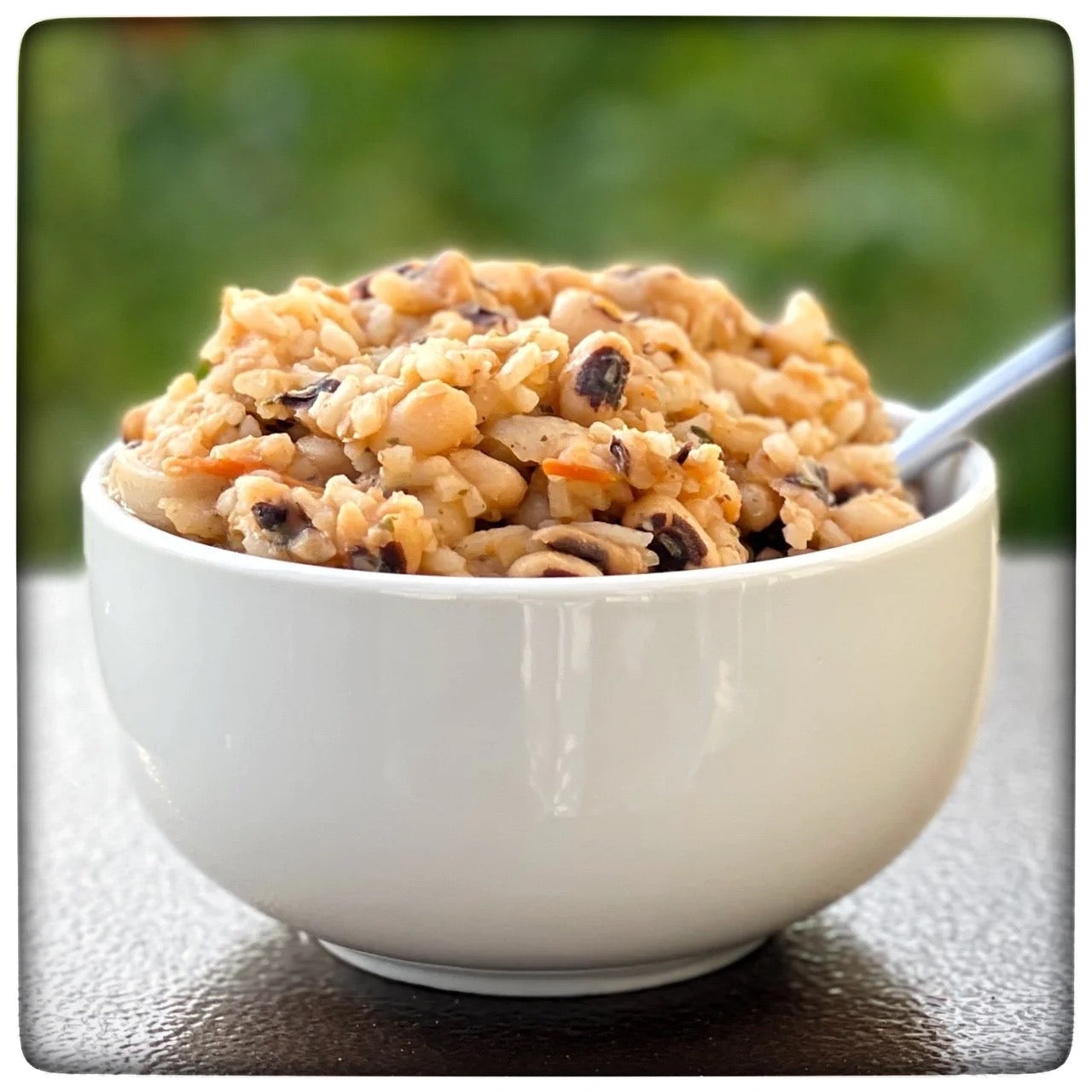
Black-Eyed Peas on New Year's: A Tasty Tradition Rooted in Fortune
As the clock ticks down to the final moments of the year, many Americans gather around tables laden with a variety of delicious dishes to celebrate the transition to a new chapter. Among the diverse culinary traditions that mark New Year's Day, one particular legume takes center stage in the American South: black-eyed peas. This humble bean is not just a staple on the Southern table but is also steeped in a tradition that spans generations. Let's explore why black-eyed peas have become synonymous with good luck and prosperity on New Year's Day in the United States.
1. Roots in Southern Folklore:
The tradition of eating black-eyed peas on New Year's Day can be traced back to Southern folklore, where it is believed that these peas bring good luck and financial prosperity. Legend has it that during the Civil War, when Union troops raided the Confederate countryside, they left behind the black-eyed peas, considering them to be food fit only for animals. The Southerners, facing food shortages, embraced the humble pea and attributed their survival to its consumption.
2. Symbolism of Prosperity:
Black-eyed peas are round and plump, resembling coins. This visual similarity has led to the belief that consuming black-eyed peas on New Year's Day will bring wealth and prosperity in the coming year. The peas are often accompanied by other symbolic foods, such as greens (representing money) and cornbread (symbolizing gold), creating a traditional New Year's Day meal that is both flavorful and meaningful.
3. Soulful Beginnings:
In addition to their association with good luck, black-eyed peas are a staple in soul food, a cuisine rooted in African American culture. The peas are not only a delicious and nutritious source of protein but also a symbol of resilience and resourcefulness in the face of adversity. Including black-eyed peas in New Year's Day meals pays homage to the rich cultural heritage of the American South.
4. Recipes Passed Down Through Generations:
The tradition of eating black-eyed peas on New Year's has been passed down through generations, with families developing their own recipes and variations. From Hoppin' John, a flavorful dish made with black-eyed peas, rice, and pork, to simple black-eyed pea salads, each family puts its unique spin on the tradition while holding onto the essence of good luck.
5. Suggested Recipe: Black Eyed Peas and Rice
By making black eyed peas with rice it becomes very filling and can be eaten as a main dish or a side dish in smaller portions.
Final Thoughts:
As Americans from coast to coast gather to welcome the new year, the humble black-eyed pea stands as a symbol of hope, prosperity, and cultural heritage. Rooted in Southern folklore and carried through generations, this New Year's Day tradition showcases the power of food to connect us to our past and shape our future. So, whether you're enjoying a bowl of Hoppin' John or incorporating black-eyed peas into your favorite dish, savor the flavors and embrace the spirit of fortune that these little legumes bring to the table. Here's to a year filled with good luck, prosperity, and, of course, the joy of delicious traditions!





